Chris McCormack, Remember The Wild’s co-founder and MD takes us on an evocative journey to understand the extinction of experience and how to avoid its grasp.
There’s a shrike-thrush in my tool-shed. She has built her nest atop some old wooden shelves, flimsily nailed to the wall. She and her mate are bush songsters. Their melodious whistling reverberates among the eucalypts each morning and reminds me, as I lie in bed, that I have come home.
When I dare to open the shed door to fetch something I need, she is transformed into a frantic and flapping escape-artist who dodges and weaves until she finds her way beyond the walls of her chosen nursery. I duck my head and utter simpering apologies as I grab for a bottle of wood glue. It’s a little inconvenient, but she won’t be here for long. Besides, there’s a possum sleeping in one of the cupboards, so anything goes.
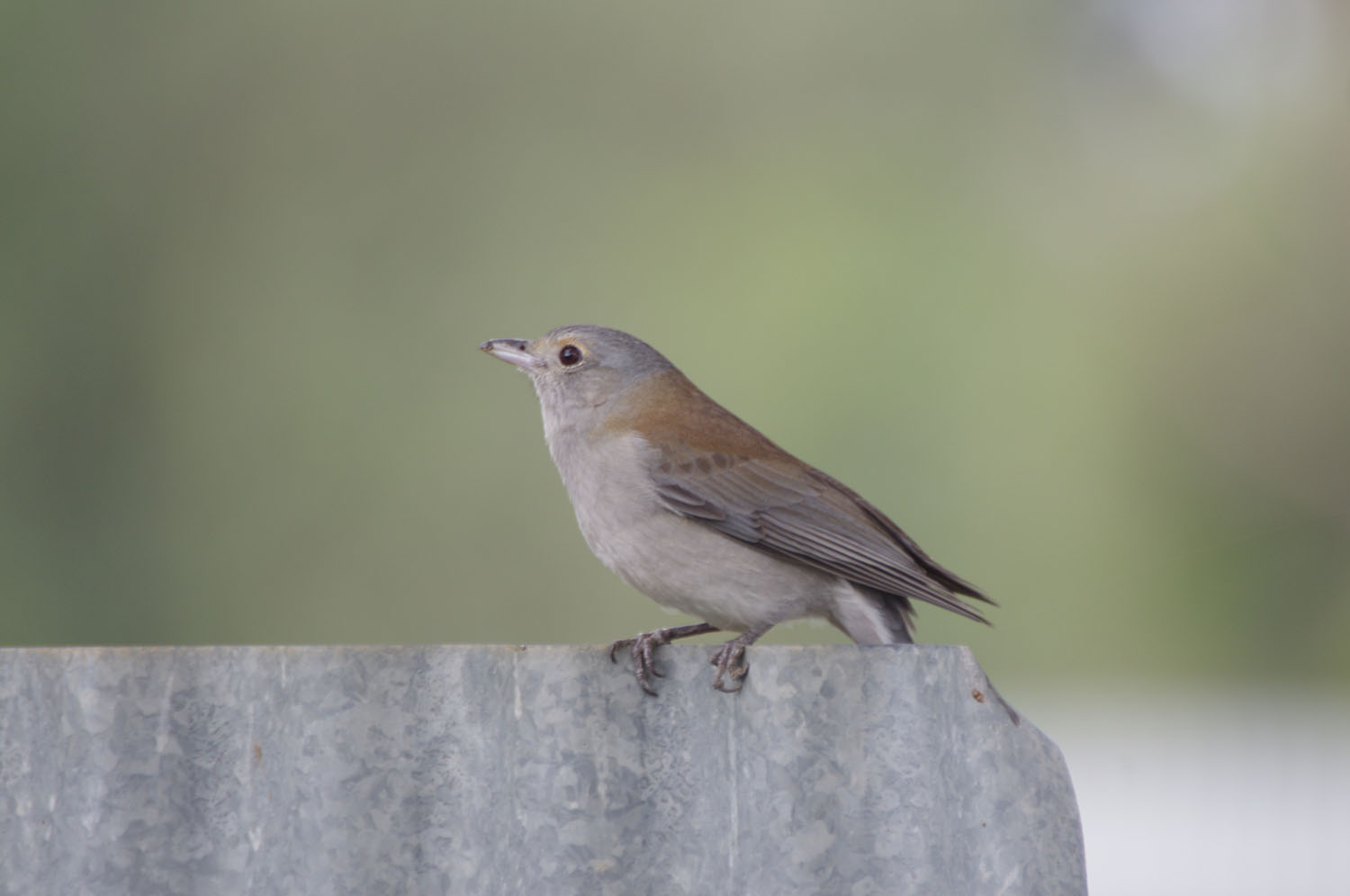
When I was a child – a gossoon – I lived in the country and would watch a grey shrike-thrush hop about beneath the melaleuca on our front lawn. I watched all sorts of birds. Ibis and herons would prod and probe in paddock puddles. Kites and eagles would pass over us on those hot, windy days. And of course, there were magpies and willy wagtails and wattlebirds and magpie larks and lapwings and rosellas and red-rumps and many species I could not yet identify.
For me, this was a very normal part of childhood. I spent time outdoors, often with our family’s old camcorder, looking for animals to film and observe. I rode my bike around the paddocks and imagined what it must be like to fly like the cockatoos and galahs overhead. I played with praying mantises, spent hours watching ants get about their business, and let Christmas beetles crawl across my face.
Occasionally, I tripped over snakes in my thongs.
The Extinction of Experience
At first glance, you – like me – might not find my childhood to be all that extraordinary. But increasingly the experiences of my youth are becoming just that – beyond the ordinary. Time indoors has long become the norm, with screen-time well beyond half the waking hours of children and adults. More and more people live in urban environments, and those who do not are increasingly inhabiting nature-impoverished landscapes. More people wake to the noise of traffic than birdsong.
“The experiences of the natural world that characterised my childhood – like much of nature itself – are disappearing.”
The experiences of the natural world that characterised my childhood – like much of nature itself – are disappearing. By the same token, many of the experiences that defined childhood for those before me were lost by my time. Humanity – particularly the western world – has been distancing itself from nature for some time now.
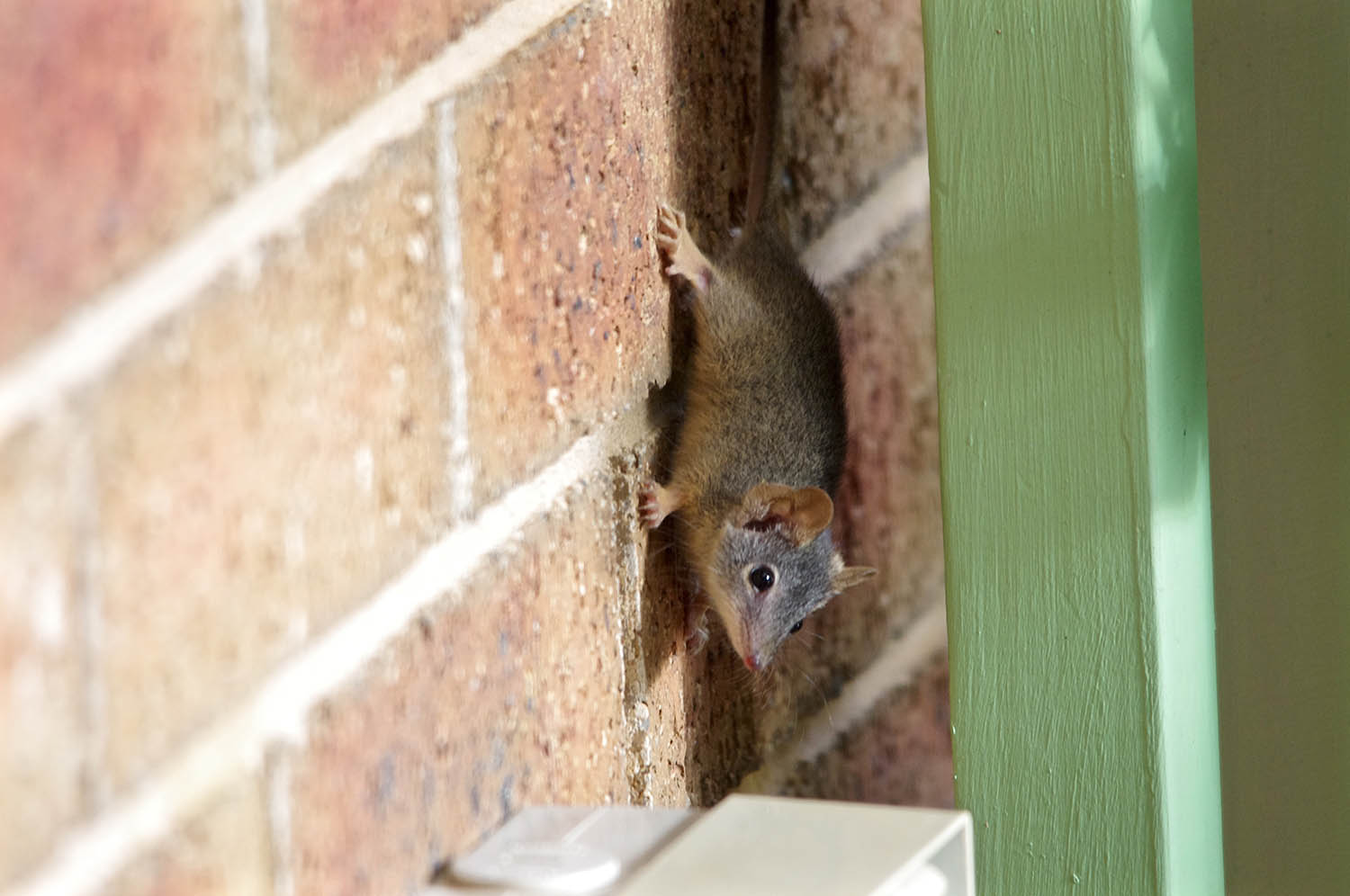
Scholars have identified several physical and psychological factors responsible for this phenomenon. Early on there was the domestication of plants and animals. Then there was the spread of particular religious doctrines that positioned man above all else on earth. There was the logic of colonialism, the transformative industrial revolution, and of course the rise of capitalism. Since the second world war, the process has sped up with increasing urbanisation, the explosion of mass consumerism, the boom in electronic media, and the ever-growing cult of celebrity, all resulting in billions of people removed both physically and mentally from the world that birthed them.
“People who don’t know, don’t care. Without action, so much of nature continues to slip into oblivion, and as it goes there is less and less to connect to.”
Writing in the early 90’s, the American naturalist, Robert Pyle, dubbed this phenomenon the “extinction of experience”. He, and a number of scholars since, have argued that this process of distancing and forgetting is fundamentally linked to the West’s widespread ignorance and apathy towards the plight of the natural world. People who don’t know, don’t care. Without action, so much of nature continues to slip into oblivion, and as it goes there is less and less to connect to. Half of the world’s wild animal populations are already gone and most of our planet’s surface has been cultivated for human “use”. As such, the “cycle of loss and disaffection” continues. Less interest, less action, less nature, less connection, less interest, less action, less nature, less connection… and on it goes.
Home
I originally moved to the city for study, but after a decade bouncing around the suburbs of Melbourne, I was feeling pretty bloody disaffected. I grew up in wide-open spaces that echoed with birdsong, but had become interned in skyless, narrow streets that shrieked and shouted with car engines and the jackhammering of “progress”. So, I have come home: not to the house I grew up in, which was sold long ago, but to the country, or “bush”, or whatever you wish to call it. A place where the felt presence of humanity does not force nature into corners. Where the most common sounds did not originate with the Anthropocene, and where the moon is the brightest light at night. It is a place where cupboards are for possums as well as tools, and bird nests and bench grinders are not mutually exclusive.
In my adult life I have never felt better.
“I have come home: not to the house I grew up in, but to the country, or “bush”… A place where the felt presence of humanity does not force nature into corners.”
Meanwhile, more than 90 per cent of Australians live in urban areas. The vast majority of my own state are in the greater city of Melbourne where they are experiencing life under heavy lockdown conditions. A report produced by Remember The Wild highlighted the impact this was having on people’s capacity to engage with nature, and their felt need to do so. It also highlighted a lot of the issues and inequalities that exist in our urban centres with or without lockdown. Our cities are not meeting the need people have for nature.
For people like me, it’s all well and good to “escape to the country”. But this is not an option for all. For one thing, owning a house and land is beyond the means of many members of our community. For many others, they need to live in urban areas to be close to their work or family. Additionally – believe it or not – some people actually like living in the city. I have many friends and colleagues who gain huge enjoyment from the lifestyles they lead in Melbourne, and why wouldn’t they? Melbourne is a wonderful place to live under normal circumstances.
All the same, what it lacks is a big part of why I am here.
Community
Our nearest neighbours live right above our front door. Our nearest human neighbours are barely visible, but the welcome swallows nesting under our eaves are every bit a part of our community. We see them every day, after all.
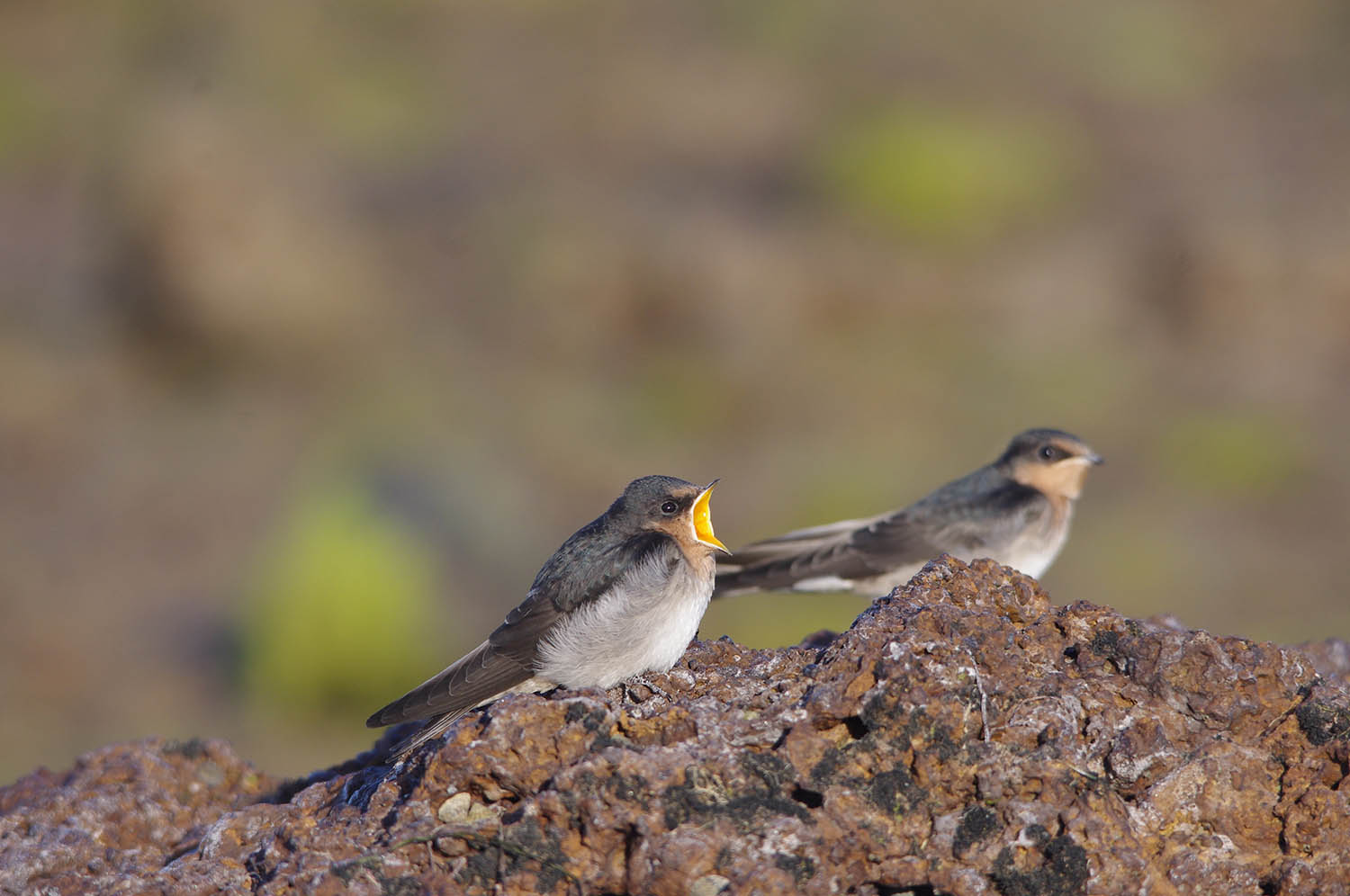
Not far from them there are white-plumed honeyeaters nesting in a young casuarina. Close again is the crested pigeon tending her one egg in the false jasmine next to the house. The brown treecreepers have kicked the possum out of his nest box under the garage and started lining it with soft things for tiny bodies (the possum will have to keep using the cupboard for the time being). Dusky woodswallows are building their nests in the gaps between bark and tree, and the black-faced cuckoo-shrikes are making their second attempt at a nest after relocating to distance themselves from the breeding magpies. Grey currawongs have assembled a mess of sticks up high in a eucalypt, and the galahs are using a hollow at the front of the property. The willy wagtail calls all night and we can hear the boo books courting.
“The birds we share this home with are a constant source of joy and revival. I can’t really put it into words, and so I won’t try other than to say that they captivate and invigorate me. It’s a feeling that I want others to have, a feeling others should have.”
Our roof is help up by eucalypts logged from the property in the 1980’s. The grey, cracked stumps of these trees still exist among their living contemporaries. As a reminder that nothing we do is separate from the natural world, one such stump now houses three eastern rosella chicks.
The birds we share this home with are a constant source of joy and revival. I can’t really put it into words, and so I won’t try other than to say that they captivate and invigorate me. It’s a feeling that I want others to have, a feeling others should have. A feeling that Stephen Kellert – one of the pioneers behind the biophilia hypothesis – would say is your birthright.
To that end I have rigged up security cameras across the property to stream the comings and goings of these dutiful parents and their ambitious youngsters. They do not appear put out by this man and his machines and I hope that a glimpse of their lives will provide others with a bit of the joy it brings me.
Video from Chris McCormack’s bird cam
In the tool-shed the shrike-thrush are now plural. The bush-songster is out collecting food when I enter. Her three chicks have only just opened their eyes to the world around them. They have the characteristic grimace of baby passerines. The wind and rain outside are gruesome but in here life is comfortable. They respond to the noise of my approach by stretching out their necks and begging for food, in the instinctual assumption I am one of their parents. I place a camera above their heads.
I then take my bottle of wood glue and do what I can to make sure those flimsy wooden shelves keep holding to the wall. They may be living in my shed, but I am living in their world.
Preventing the extinction of your own experiences
Watch nature – even if it’s through a screen
If you can, spend time observing nature. Watch wildlife in and around your property. Observe plants and the role they play for other living things. Enjoy the sun setting and allow your eyes to adjust to the darkness. Such experiences made up the bulk of human life for tens of thousands of years, so revel in them knowing there is no “aim”, no “purpose”, that needs to guide your actions – the experiences are their own reward.
Engage with nature through the screen if you need to. Screens may have their problems, but digital nature is better than no nature. Watch birds at their business via the internet or enjoy a documentary film. Doing so will engage you cognitively and emotionally with the natural world, and it might even make you feel good.
Hear nature
Sometimes you might catch yourself nodding along to what somebody is saying without truly listening. You might be thinking about something unrelated or simply waiting for you chance to speak. For many of us, such a scenario might accurately describe how we hear the natural world. We tune in to its occasional pleasantries or moments of drama – a bird singing here, a crack of thunder there – but for the most part it fades into the background noise of our day to day. Give yourself time to really hear nature. Close your eyes and peel back the layers of sound in your environment. Understanding starts with listening.
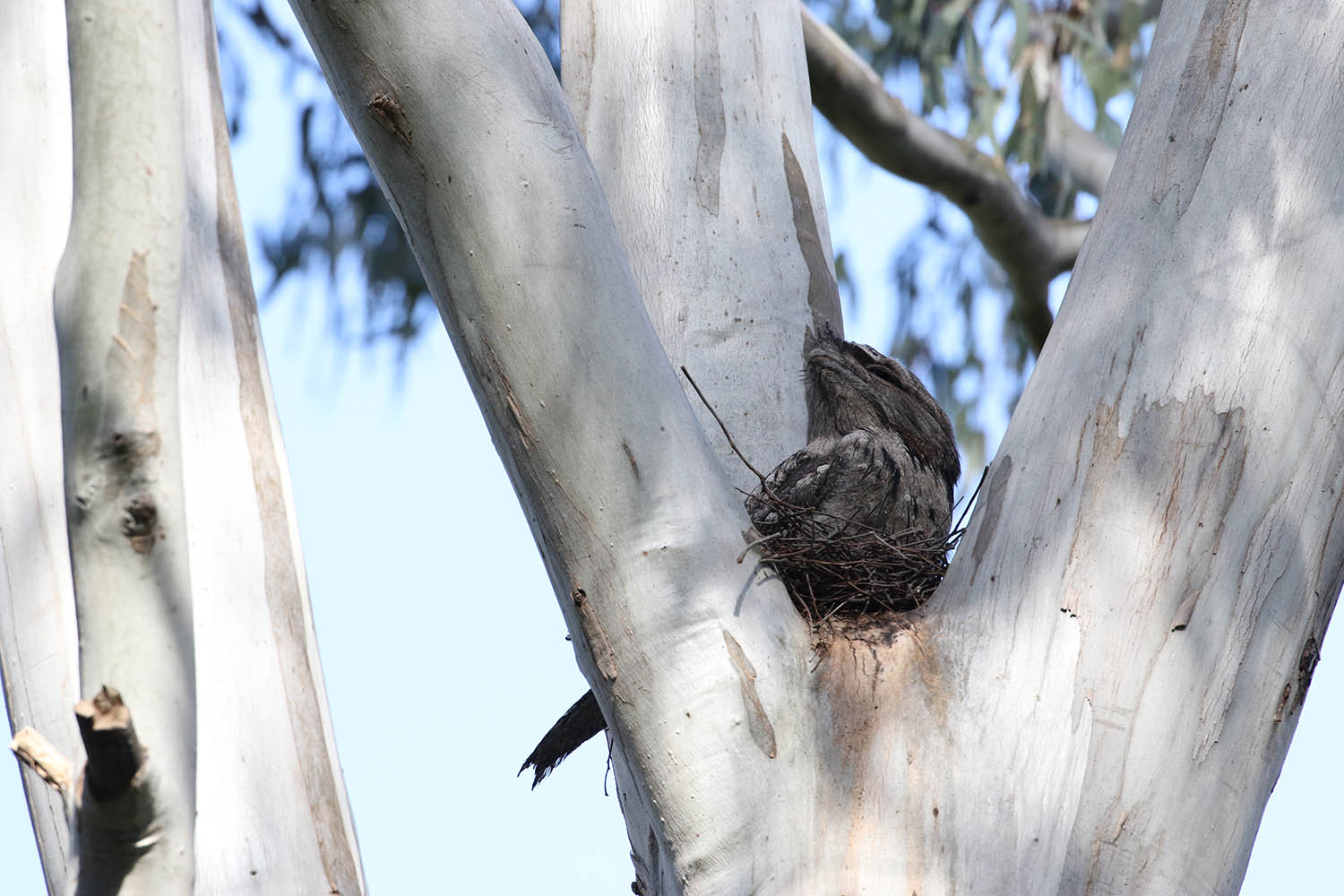
Read nature
Reading a book might not seem like you’re connecting with nature – unless you’re doing it on top of a mountain – but keep in mind that connection with nature is not only physical, it is psychological too. How you understand and perceive wildlife and wild places is an important part of developing your relationship with the natural world. Read something that will expand your perspective through the eyes of others such as Tyson Yunkaporta’s Sand Talk, Neil Ansell’s Deep Country, or Helen MacDonald’s H is for Hawk.
Touch nature
We live in a world that increasingly prioritises the senses of sound and vision, but we should not forget about touch. The human hand evolved to explore and interact with the environment, but if you’re like me it is just the tips of your index fingers and thumbs that do all the interacting (and it usually involves pressing or swiping). Likewise, consider that you can go days – perhaps weeks – travelling to and from work without ever actually placing your feet on the earth. We have literally lost touch with the natural world. Investigate the textures of different leaves and fill your palms with dirt in the garden. Feel grass, soil, and sand against the soles of your feet. After all, if we want to be in touch with nature we best begin with the fundamentals.
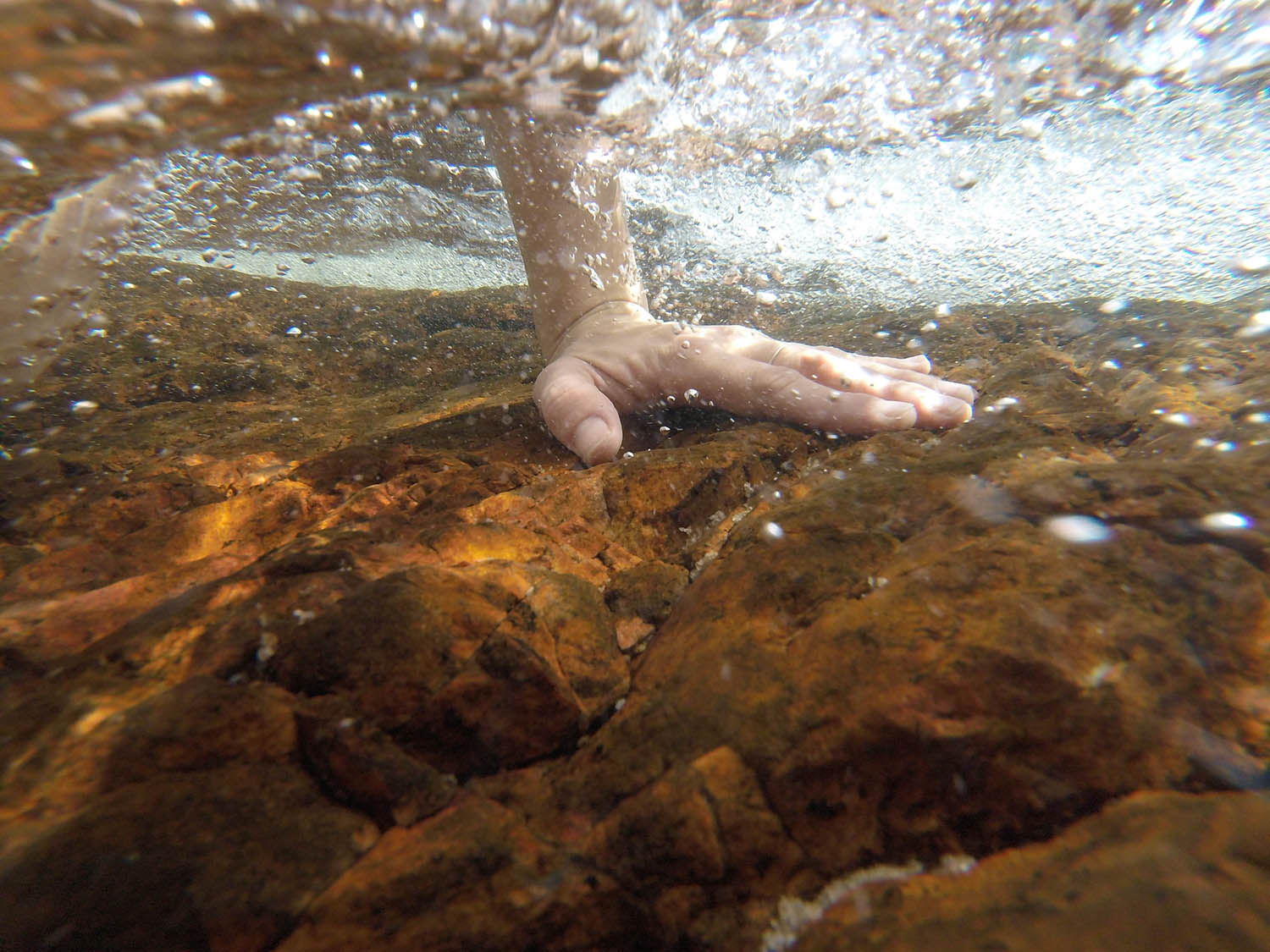
Know nature
Connecting with nature is often framed in terms of transient experiences in natural places: a weekend stay in the mountains, a picnic in the local park, or a day trip to the seaside. While such experiences are certainly valuable, deeper connections with places and their inhabitants are best developed through repeat visits. Much like any relationship, a strong connection with the natural world is fostered through intimacy and understanding. Whether it be your own property, a local area, or a far-off place that you are eager to visit time and time again, I urge you to get to know it as closely as you can. Be an active and engaged member of that community, watching, listening, and feeling it in minute detail. Such knowledge of a particular place provides the foundations to appreciating nature at large, and – in my experience – brings immense and unending joy.

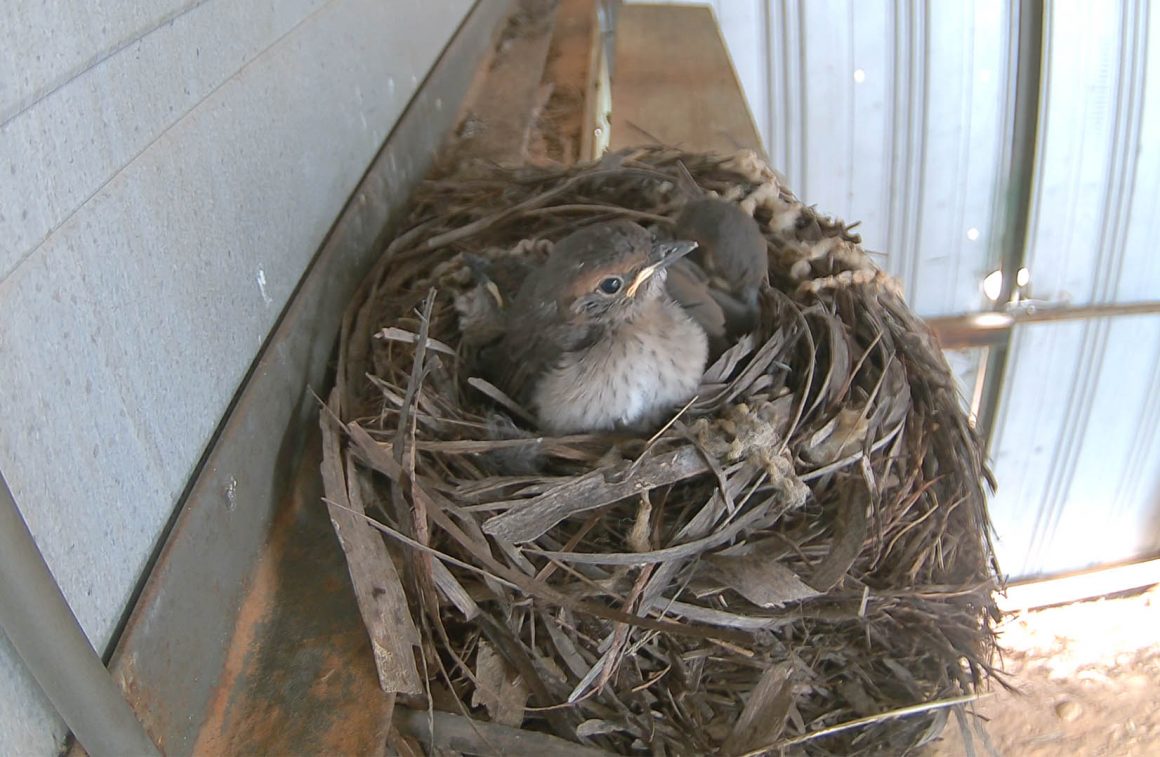
Leave a Reply